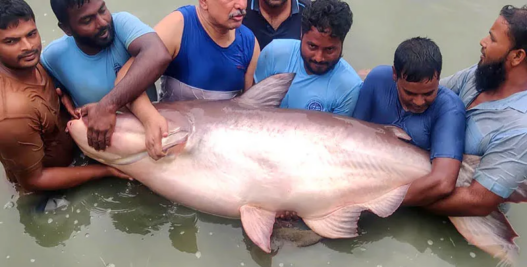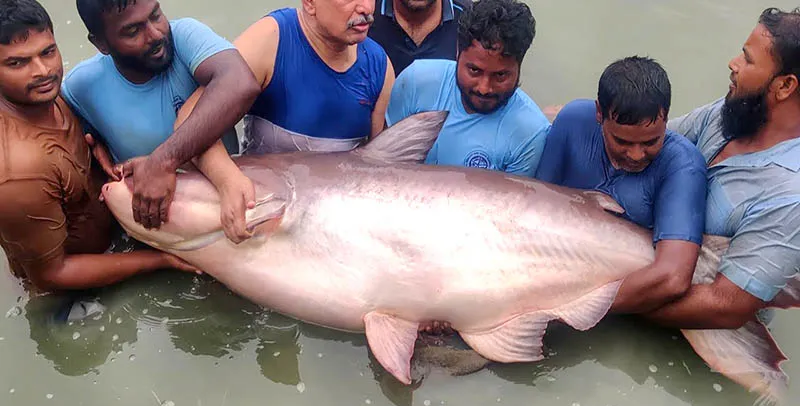I usually have a broad palate and rarely find food unappetizing. But there are a few exceptions: Eryngium, durian, and pangasius.
Eryngium and durian are more about my own genetic quirks. However, pangasius is just a mistake. It shouldn’t exist in the world of fish. Honestly, it should be fed to turkeys in America instead.
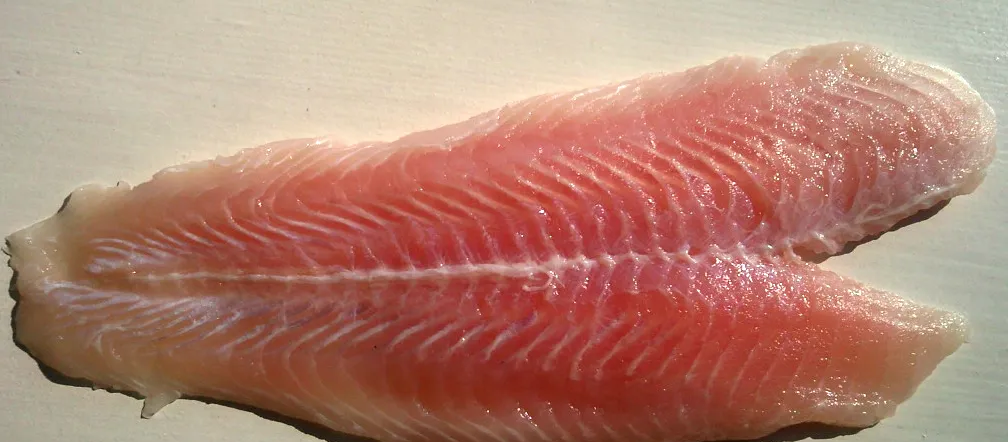
The Beginning of Pangasius in the Fish Industry
This fish started out being sold as sole , which is a completely different species. The only similarity? Both come in fillets. Beyond that, they’re not connected.
In Vietnam, pangasius began gaining popularity thanks to political changes. In 1986, when Nguyễn Văn Linh became General Secretary of the Communist Party, Vietnam began its Đổi Mới (Renovation) reforms. This opened doors for aquaculture. The Mekong Delta was perfect for farming this species. It grows fast, has few bones, and suits Western tastes, where palates are still developing.
The industry exploded. Initially, farmers could only raise the fish by catching young specimens from the wild. But they soon needed to breed them.

Breakthrough in Breeding Pangasius
In 1993, a group from An Giang Province in Vietnam visited Hubei, China. By 1995, the Hubei Fisheries Research Institute signed a contract with Vietnam to collaborate on research. In 1997, they cracked the code on artificial breeding for pangasius.
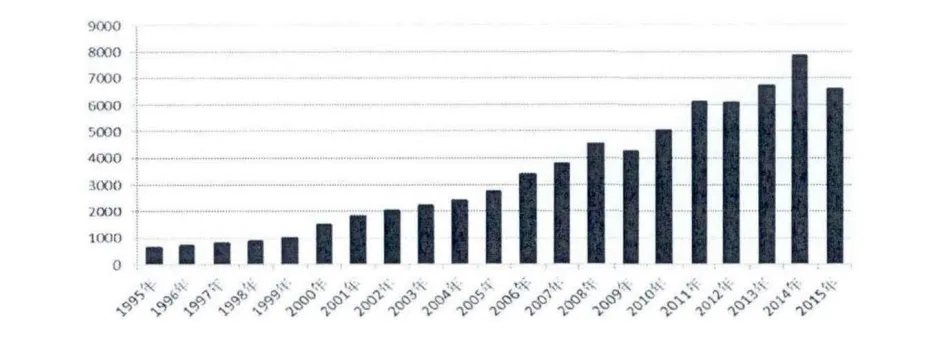
This breakthrough changed everything. Farming the fish became much more efficient. By 2007, when Vietnam joined the World Trade Organization (WTO), it was exporting the fish worldwide. This marked the beginning of a prosperous era for the Vietnamese aquaculture industry.
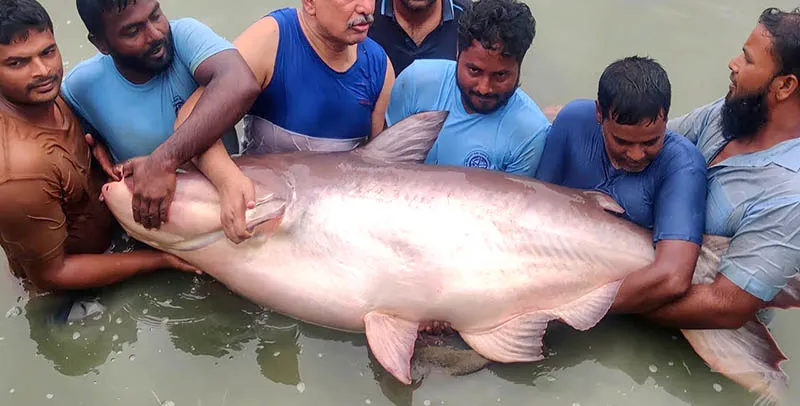
The Fish and the Global Market
Thanks to the breeding breakthroughs, Vietnam became a leading exporter of pangasius. It soon appeared in grocery stores and on restaurant menus around the world. Despite its growing popularity, many find it hard to enjoy. The fish is mild in flavor with a soft, bland texture. It’s not as bold or flavorful as other fish.
The rise of pangasius has sparked mixed opinions. It’s fast-growing and yields high returns, making it a popular choice for many countries. But it has also been criticized for lacking taste and being overly industrialized. Still, for Western countries, it offers an affordable and easy-to-cook option.
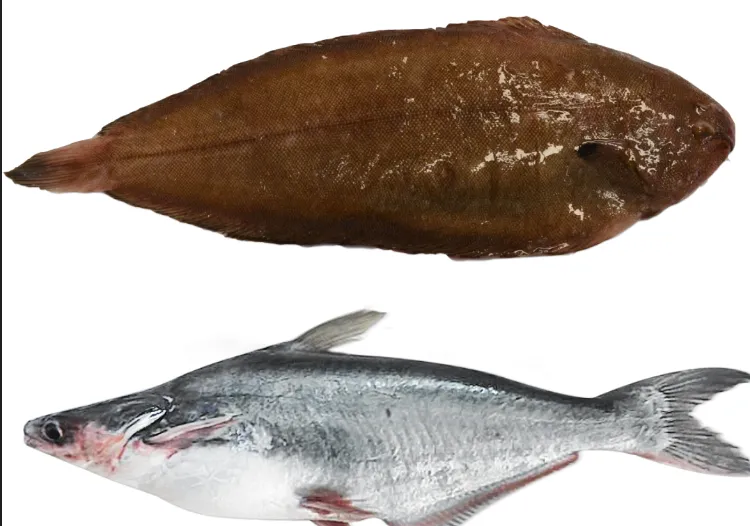
Conclusion
Pangasius went from a wild species in the Mekong River to a global commodity. Its journey is a result of political changes, economic strategies, and scientific breakthroughs. While it’s reshaped the global food market, it hasn’t won everyone over. Some prefer the strong flavors of other fish, while others are satisfied with the mild taste. No matter the opinion, it has certainly left its mark.







